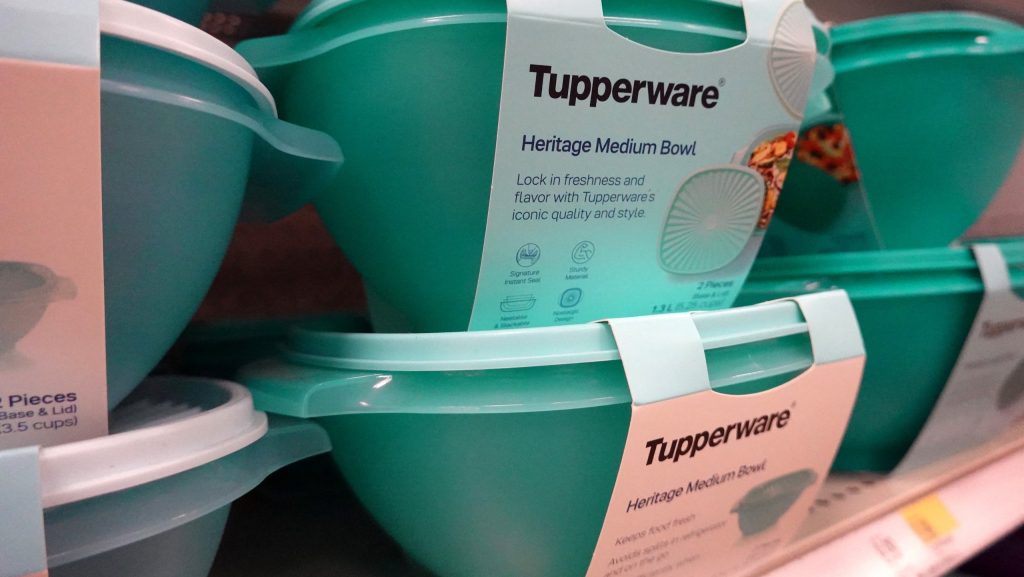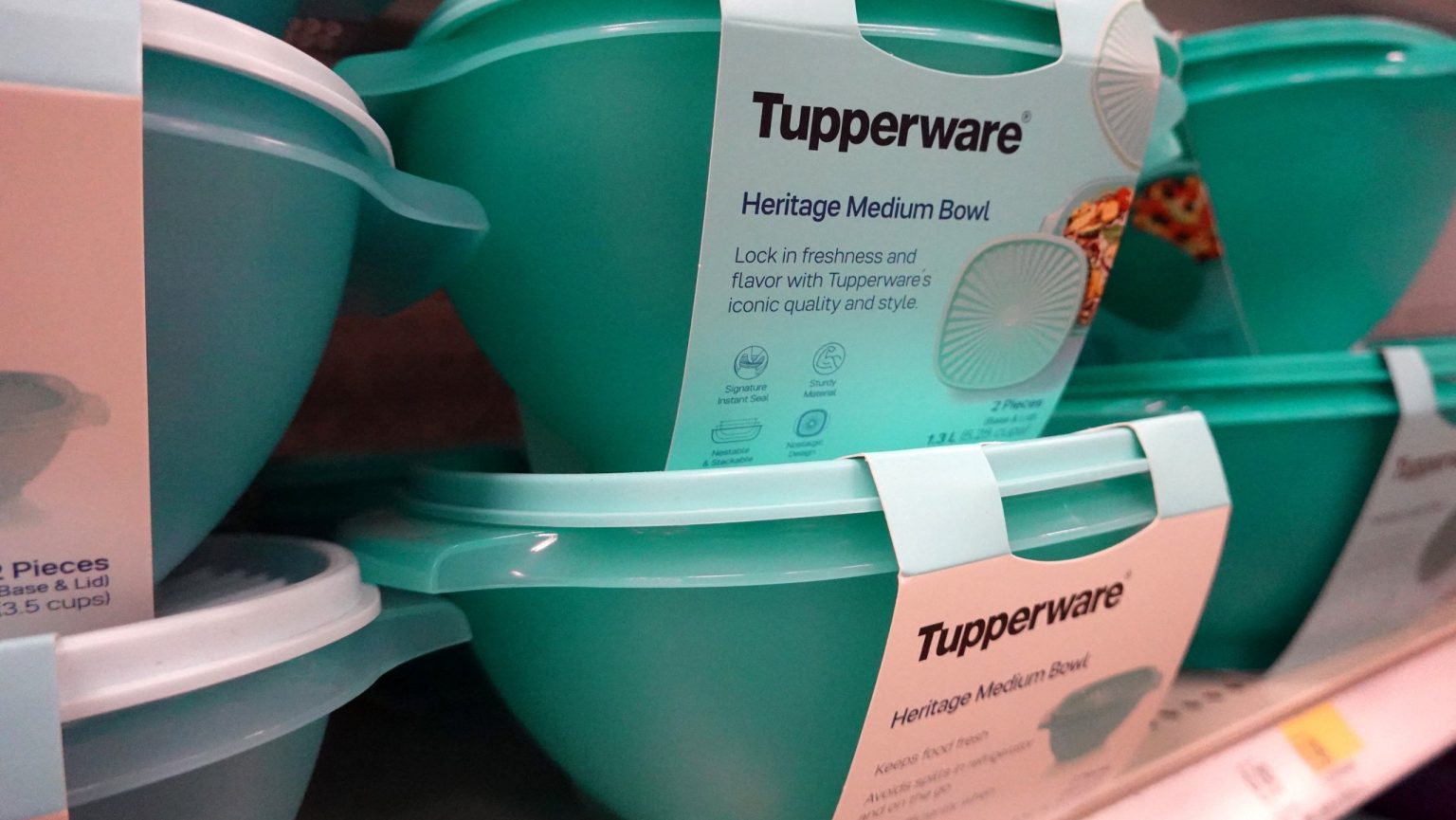Advertisements
KUCHING, Sept 20 — In a significant development for the global food storage industry, Tupperware Brands, renowned for its iconic airtight containers, has filed for Chapter 11 bankruptcy protection in the United States. The decision comes amid ongoing struggles with sales and a challenging economic climate that has put the company’s financial stability in jeopardy.

Understanding the Bankruptcy Filing
The Announcement
On September 18, Tupperware Brands disclosed its bankruptcy filing in a statement, confirming that it would also seek court approval for a sale process aimed at protecting its brand. President and CEO Laurie Ann Goldman expressed that this decision was necessary to ensure the company’s survival amid a “challenging macroeconomic environment.”
Financial Woes
In recent years, Tupperware has experienced a significant decline in sales, which prompted the company to issue warnings about its ability to operate sustainably. Goldman emphasized that the company’s financial struggles stemmed from various factors, including shifts in consumer behavior and increased competition in the food storage market.
Advertisements
“The Company’s financial position has been severely impacted,” she stated, noting that exploring strategic options led them to this difficult path.
Current Financial Standing
Tupperware’s filing with the U.S. Bankruptcy Court for the District of Delaware revealed substantial liabilities, estimated between USD 1 billion (RM 4.233 billion) and USD 10 billion (RM 40.233 billion). The company also reported having between 50,000 and 100,000 creditors. Despite the grim financial landscape, Tupperware aims to continue operating through the bankruptcy process, ensuring that employees and suppliers are paid.
Tupperware’s Legacy and Future Plans
A Brief History
Founded in 1946 by chemist Earl Tupper, the brand revolutionized the food storage industry with its innovative airtight containers. Initially designed to help families reduce food waste post-World War II, Tupperware’s products quickly became household staples, often showcased at social gatherings known as “Tupperware Parties.”
Modernization Efforts
In an attempt to modernize and regain market share, Tupperware has implemented a strategic plan focused on digital transformation and efficiency. Goldman noted that a new management team, appointed last year, has made significant progress in revitalizing the company’s operations.
The brand aims to enhance its digital presence and integrate technology into its business model, catering to the evolving needs of consumers who increasingly prefer online shopping experiences.
Brand Commitment
Despite the bankruptcy proceedings, Tupperware remains committed to its loyal customer base. Goldman reassured consumers that the company intends to provide high-quality products throughout this process, affirming that “we plan to continue serving our valued customers with the high-quality products they love and trust.”
Implications for the Malaysian Market
Local Impact
The news of Tupperware’s bankruptcy may have repercussions in Malaysia, where the brand has a substantial presence. Many Malaysians are familiar with Tupperware products, which are often marketed through direct sales. The potential changes in ownership or management during the bankruptcy proceedings could affect local distributors and sellers.
Consumer Sentiment
As Tupperware navigates its financial challenges, consumer sentiment may shift. Malaysians who have relied on Tupperware products for years may seek alternatives if the brand cannot stabilize its operations. This situation highlights the importance of brand loyalty and the potential consequences of failing to adapt to changing market dynamics.
Future Opportunities
Despite its current struggles, Tupperware’s commitment to transformation offers a glimmer of hope. If the company successfully navigates the bankruptcy process and implements its modernization strategies, it could emerge stronger and more aligned with consumer preferences, potentially rekindling interest in its products among Malaysian consumers.
Conclusion
Tupperware Brands’ filing for bankruptcy marks a pivotal moment in the company’s long history. As it faces considerable financial challenges, the future remains uncertain. However, with a focus on digital transformation and operational efficiency, Tupperware has the opportunity to reinvent itself. For now, the brand’s legacy continues, and its fate will be closely monitored by consumers and investors alike.


